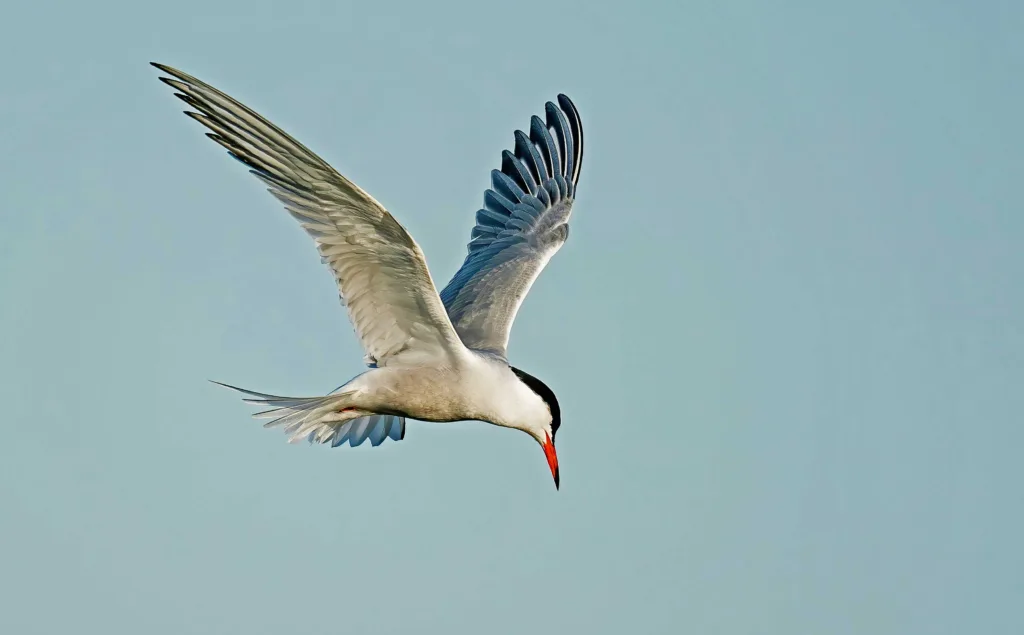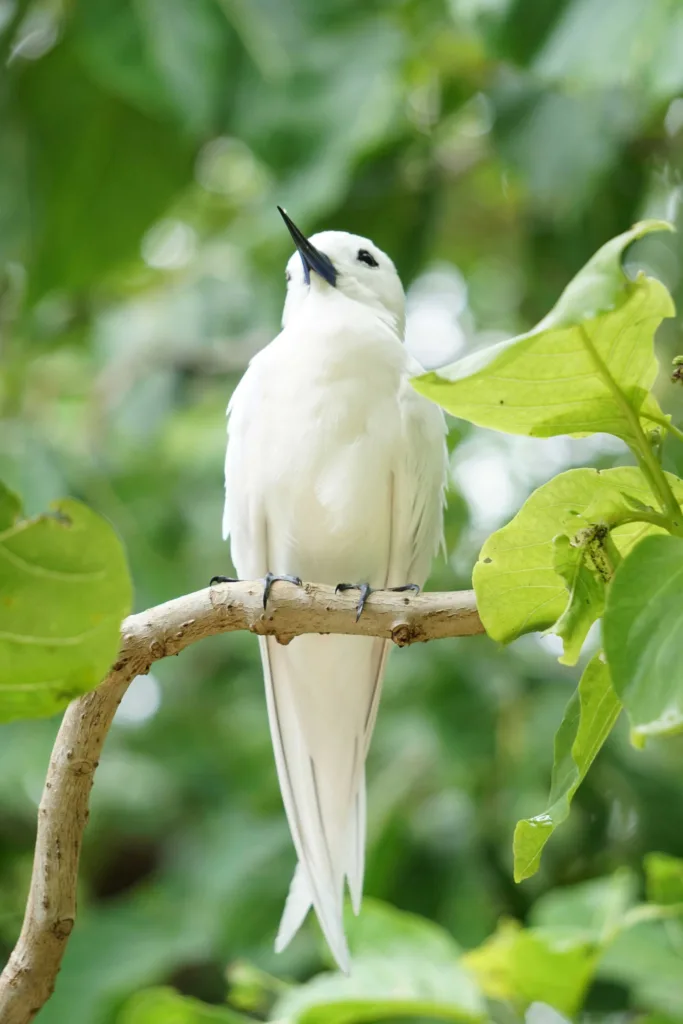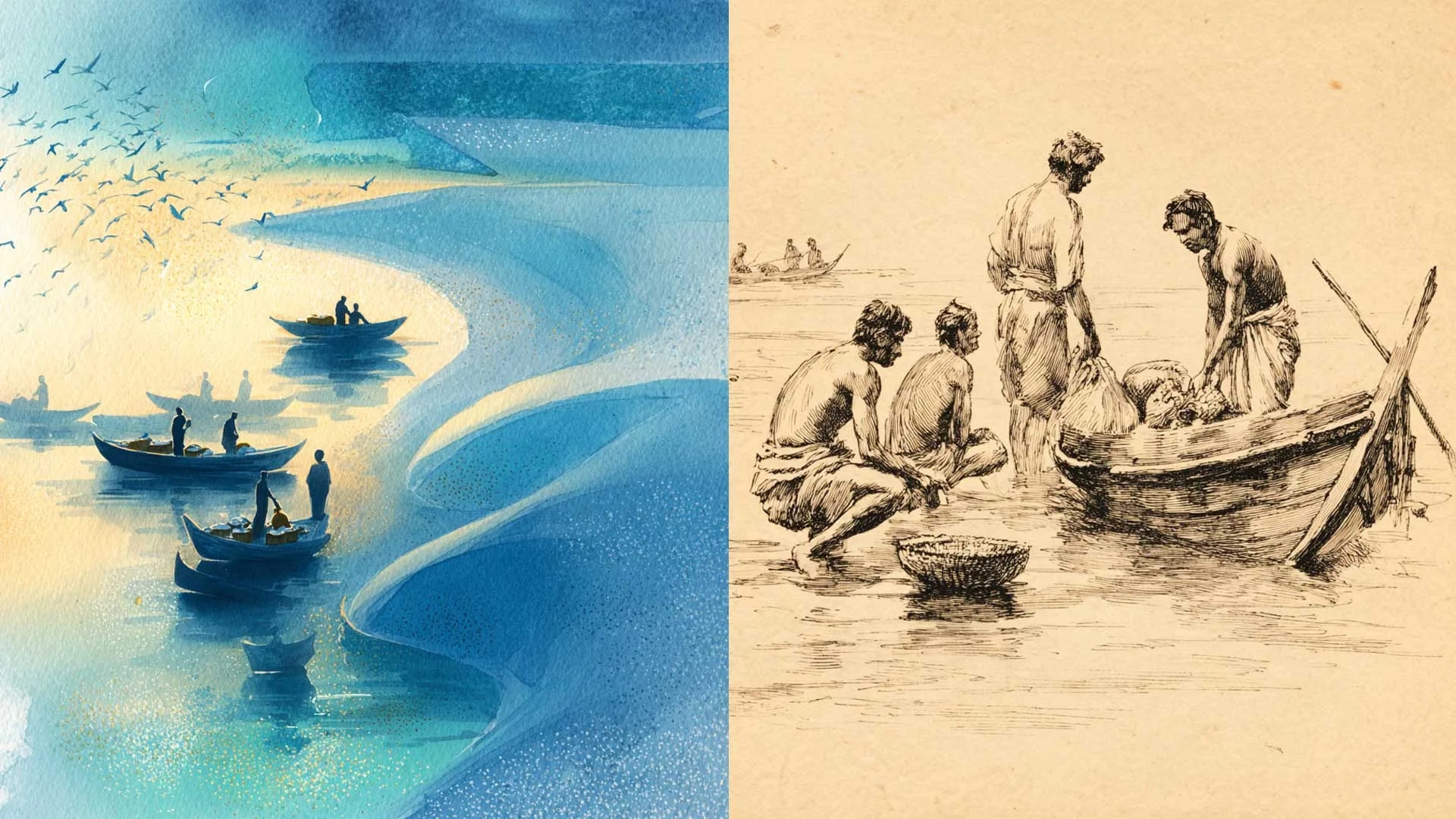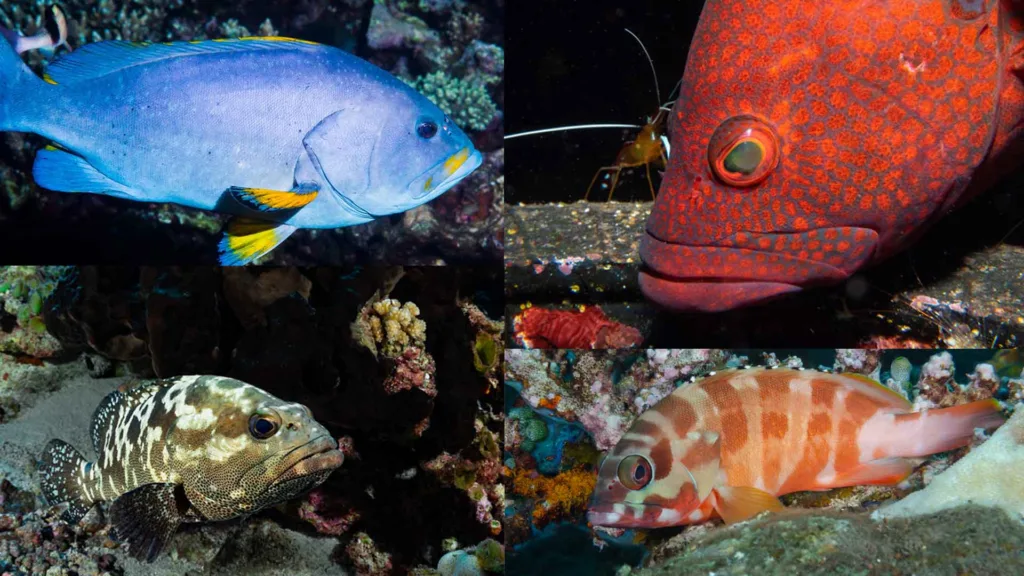
Early Maldivians relied heavily on seabirds and their eggs for survival. Although the Maldives is an ocean-rich archipelago, ancient island communities did not yet have advanced fishing vessels or facilities. Before large-scale fishing developed, Maldivians consumed seabirds, seabird eggs, and common shellfish as their primary sources of protein. While starchy foods were available on the islands, protein was obtained from what the atolls naturally provided.
Before widespread coconut agriculture and established fishing emerged, early island communities depended on the resources around them: seabirds, eggs, turtles, fish, and shellfish. The untouched islands of the past—quiet, isolated, and free from human intervention—created ideal nesting grounds for vast seabird colonies. Uninhabited islands provided nesting sites for flocks of birds, and the islanders collected their eggs. Their favourite birds included terns, noddies, and frigatebirds.

Early visitors from other continents documented the Maldivians pursuing this livelihood. During nesting seasons, islanders collected eggs from seabird colonies, as reported by Arabs, Persians, and later European travellers. In his book The Voyage of François Pyrard of Laval to the East Indies, François Pyrard de Laval described Maldivians going to uninhabited islands to collect seabirds and eggs for food. After being shipwrecked in the Maldives in 1602, the French navigator and merchant spent five years there.
Seabird eggs were eaten fresh or salted. These traditional Maldivian practices persisted into recent centuries, even into the nineteenth and early twentieth centuries. Islanders visited bird-nesting islands on a seasonal basis. During times of scarcity, they engaged in this survival effort. Some islands even regulated egg-collection times to prevent overharvesting.

The Maldives’ most common birds were White Terns (Dhondheeni), Noddies (Kuredhi, Maakuredhi), Sooty Terns, Frigatebirds, and Boobies. They travelled to the islands during the early nesting season. The majority of the trips took place at dawn or low tide. They used small wooden boats called bokkura. They formed groups and travelled to islands where birds bred.
Eggs were hand-collected from the beach, ground scrapes, or shrub nests upon arrival at these tranquil islands and sandbanks. Men sometimes climbed tall trees, such as coconut and screw pine trees. They carried eggs in baskets woven from coconut fronds. These brave actions were necessary for survival because they needed a reliable protein source, and these foods were important for long ocean voyages. They also served as a supplement during stormy seasons when fishing became difficult.

The islanders consumed seabird eggs in a variety of ways. They were boiled or roasted fresh, used in simple dishes (with grated coconut or fish), or preserved in salt. Seabird eggs were described as having a strong flavour, so they were frequently eaten soon after being collected. It is important to note that Maldivians took into account the cultural and environmental aspects of this lifestyle.
They collected only first-laid eggs, left some parts of the colony untouched, and stopped collecting when signs indicated that chicks had hatched. Archaeological evidence suggests that early Maldivians consumed seabirds, including seabird bones, turtle bones, and fish bones. Early settlement middens frequently contain direct eggshell remains, although these break down quickly in the Maldives’ climate.

The Maldives has over 167 bird species, including seabirds, shorebirds, and terrestrial birds (Ash and Shafeeg, 1994; Anderson and Baldock, 2001). These include shearwaters, storm petrels, waders, raptors, passerines, and several terns. The waters of the Maldives are home to at least 40 to 50 different species of seabirds, but only 13 to 15 of these are known to nest and breed there. Some of them are tern or noddy species, such as the white tern Gygis alba monte (Anderson 1996).
Apart from these, frigatebirds, white-tailed tropicbirds, boobies, and some shearwaters are known to nest in the Maldives (Shafeeg, 1993). The majority of the shorebirds recorded are common winter visitors to the Maldives; however, some are resident and immigrant species.




